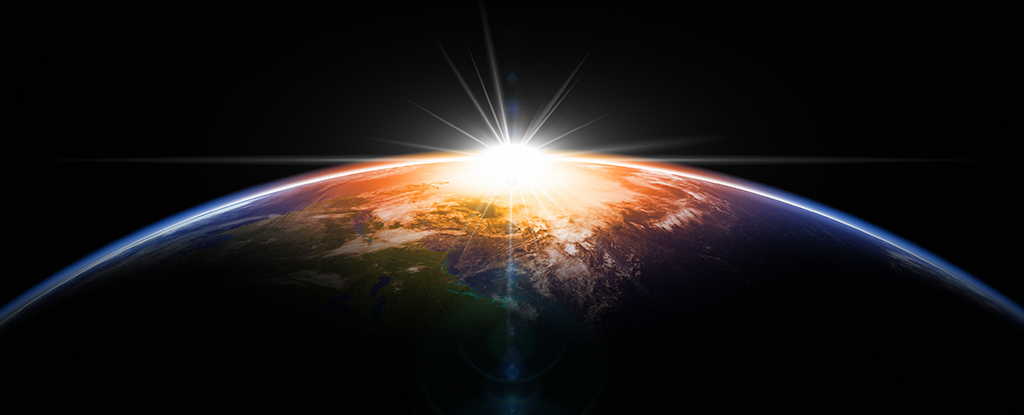

The melting of the polar ice caps is causing the Earth to spin more slowly, resulting in an increase in the length of days. Water flowing from Greenland and Antarctica is adding mass around the equator, which is causing the Earth's rotation to slow down. This phenomenon has been observed using techniques such as Very Long Baseline Interferometry and the Global Positioning System, which measure variations in the planet's orientation and the length of the day. Since 1900, the length of the day has increased by approximately 0.8 milliseconds due to climate change. Under a worst-case scenario of high emissions, it could increase by 2.2 milliseconds by the year 2100. This has implications for space travel and Earth navigation, as knowing the exact orientation of Earth is crucial for communication with spacecraft. The study concludes that the effect of a warming climate on the length of the day will be greater than the gravitational pull of the Moon by the end of the 21st century if greenhouse gas emissions continue at a high rate [6f6c0433].
The collapse of the Larsen B Ice Shelf in 2002 caused several glaciers in Antarctica to rapidly melt into the ocean, contributing to sea-level rise. To better understand the state of these glaciers before the collapse, scientists have turned to nearly 1,000 film photographs taken in the 1960s. These photographs, archived by the Polar Geospatial Center at the University of Minnesota, were used to create accurate 3D models of the glaciers using photogrammetry techniques. By comparing the glaciers before and after the collapse, researchers found that they lost a staggering 35 billion tons of land-based ice, resulting in approximately 0.1 mm of global sea-level rise. This study highlights the valuable insights that historical image archives can provide in studying the impact of climate change on Antarctica's ice shelves and glaciers [c8d09a25].